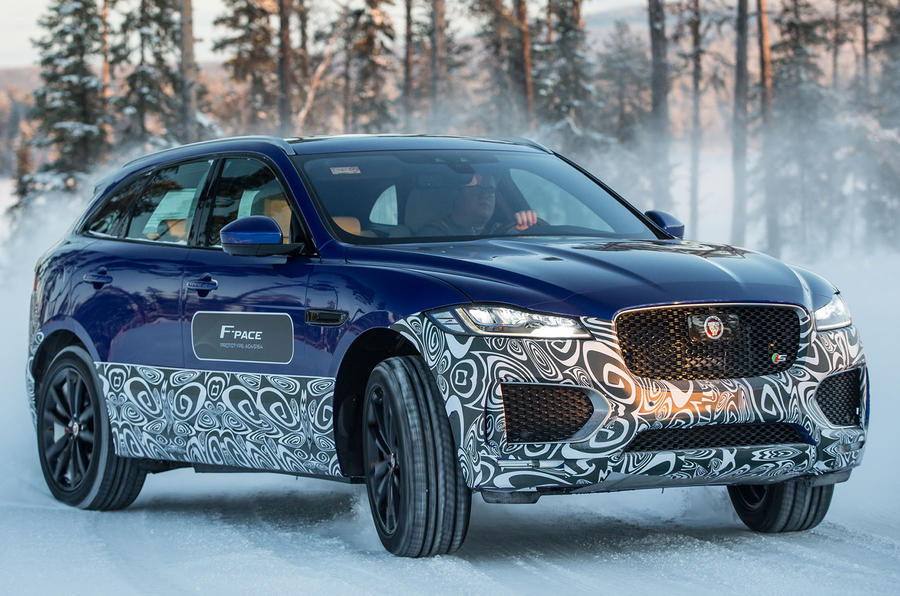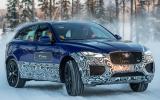What is it?
The Jaguar F-Pace is a watershed moment for the ascendant British car-maker. As the company’s first SUV it is, in principal, the catalyst to transform the brand from upwardly mobile minnow to truly global player; to broaden its reach for a much wider customer base, boost its production volumes into the hundreds of thousands per year and give it a presence in one of the fastest-growing market segments in the world. To describe it as important is selling it a bit short.
And yet it’s not just another medium-sized, middle-of-the-road upmarket soft-roader, nor – quite plainly – a Jaguar as we might expect it to be. It’s a bit different; different to look at, to sit in and very much so to drive, as a day on a frozen lake in Sweden with one has just demonstrated.
Arriving in UK showrooms this April, the F-Pace, which has been four years in the making, shares its ‘D7A’ platform with the Jaguar XE and Jaguar XF saloons. The car’s body-in-white is almost identical to that of an XF from the B-pillar forwards – with a bespoke front subframe slotting in to allow for the longer-travel suspension that an SUV needs – but unique from the B-pillar back. Almost 80% of the superstructure is lightweight aluminium, and almost 90% of the car’s components are new (rather than common with either XE or XF).
Powertrain options start with a 178bhp 2.0-litre Ingenium diesel, manual gearbox and rear-wheel drive, ranging upwards to include automatic and four-wheel drive Ingenium options. Then further upwards to a 296bhp, 516lb ft 3.0-litre twin-turbocharged diesel and a 375bhp 3.0-litre supercharged petrol – both of the latter offered exclusively with eight-speed automatic gearboxes and four-wheel drive.
But unlike Land Rover’s smaller 4x4s, which use transverse engines and clutch-based four-wheel drive systems, the F-Pace has a longways engine sending 100% of its torque to the rear axle as a default. Active all-corner traction comes courtesy of the same electrohydraulic coupling you’ll find in an F-Type AWD, which can send up to 100% of power to either axle within a tenth of a second when called to, although in the F-Pace that drivetrain operates through a beefier front differential.
Suspension is common in concept to the all-independent set-ups of both the XE and XF, with front double wishbones and an ‘integral link’ multi-link arrangement at the rear. Non-height-adjustable steel coils, passive dampers and conventional anti-roll bars feature as standard, with a healthy 213mm of ground clearance trumping what most of the German opposition can offer, yet in the Jaguar's case without the aid of optional air springs.
Continuously variable damping adds some breadth of capability to upper trim level cars, as does a clever traction and stability control system, called Adaptive Surface Response, which reads the grip level underneath the car’s wheels by the millisecond and adjusts its throttle map, torque split and stability and traction control settings to suit.
We drove a top-of-the-range 3.0-litre V6 S AWD model on 20in wheels shod in Continental winter tyres which are due to be optional fit in the UK.























































































Join the debate
Add your comment
Just a quick sub-edit needed...
car-maker. As the company’s first SUV it is, in principle, the catalyst
Still
Still